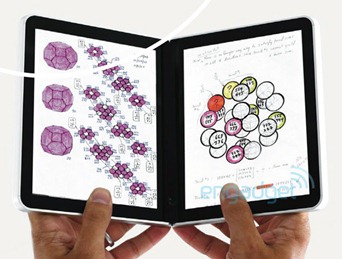 This is a sad “I’ve told you” moment, as I predicted the death of dual-screen tablets, be it the one by MSI or Microsoft’s Courier, which has just been canceled. Says Frank Shaw, Microsoft’s VP of corporate communications:
This is a sad “I’ve told you” moment, as I predicted the death of dual-screen tablets, be it the one by MSI or Microsoft’s Courier, which has just been canceled. Says Frank Shaw, Microsoft’s VP of corporate communications:
At any given time, across any of our business groups, there are new ideas being investigated, tested, and incubated. It’s in Microsoft’s DNA to continually develop and incubate new technologies to foster productivity and creativity. The “Courier” project is an example of this type of effort and its technologies will be evaluated for use in future Microsoft offerings, but we have no plans to build such a device at this time.
Tech blogs are mourning the innovative, “different” device:
Courier was one of the most innovative concepts out of Redmond in quite some time.
I think dual-screen, foldable tablets are neither innovative nor different. Well, different from other, truly innovative devices, like the iPad, but not different from good old books. And therein lies the rub. Hardware manufacturers rushing to the opportunity to follow Apple thought these tablets are mostly reading devices, so they imitated what we’re all used to: books.
Having two small pages side-by-side is not necessarily the ideal format for reading, it’s just the one we got stuck with for centuries when bound paper was the only way we could record / consume textual information. When we liberate information from paper, there’s no point in replicating the poor paper (book) experience. True innovation means embracing the paradigm-shift, rethinking the basics and maximizing readability, comfort, ability to interact as enabled by the new technology.
(Cross-posted @ CloudAve)

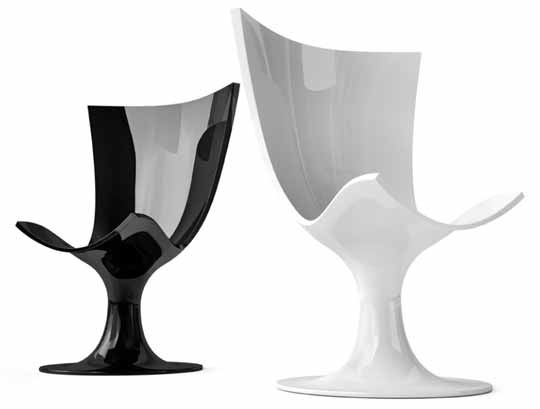


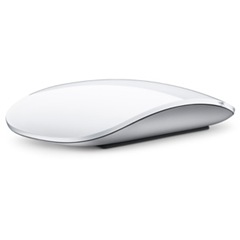

 The 2008 edition of the (in)famous
The 2008 edition of the (in)famous  OK, OK, I get it… it’s the
OK, OK, I get it… it’s the 

 Wouldn’t it have been cool if Amazon built an e-book reader so inexpensive they could almost give it away for free, then make money by selling e-books for people to read on it (or selling upscale versions of the reader later)? Instead, they stuffed it so full of technological wizardry that it costs $399.
Wouldn’t it have been cool if Amazon built an e-book reader so inexpensive they could almost give it away for free, then make money by selling e-books for people to read on it (or selling upscale versions of the reader later)? Instead, they stuffed it so full of technological wizardry that it costs $399.
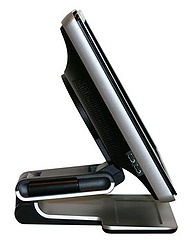 OK, so I bit the bullet: after
OK, so I bit the bullet: after 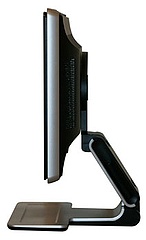 the two other USB ports on the side of the display).
the two other USB ports on the side of the display). I will spare you the details of my two-day struggle with Vista, the fight with the idiotic permission-scheme, (can’t delete my own stuff), the incompatibilities, the fact that there’s less and less information to be found, other than from users – hey, even the User Manuals link points to nowhere… enough said already. After two days, I can use the system (the screen is beautiful) but I’m far from done.
I will spare you the details of my two-day struggle with Vista, the fight with the idiotic permission-scheme, (can’t delete my own stuff), the incompatibilities, the fact that there’s less and less information to be found, other than from users – hey, even the User Manuals link points to nowhere… enough said already. After two days, I can use the system (the screen is beautiful) but I’m far from done.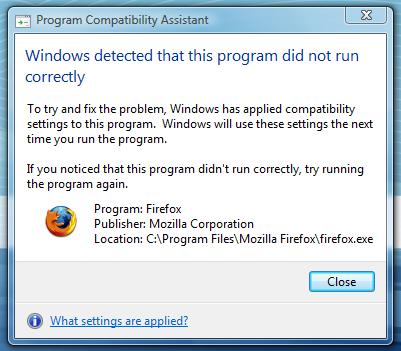

Recent Comments